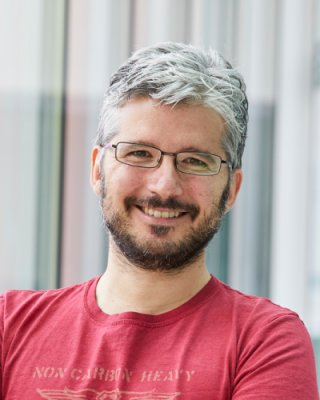Section of Structural Biology | Upcoming Seminars
Dr Alessandro Costa, Francis Crick Institute
16th April 2019, 4pm, Room 119 | Sir Alexander Fleming Building
Dr Alessandro Costa, Francis Crick Institute
Eukaryotic chromosome replication studied by cryo-electron microscopy
Professor Jane Endicott, Newcastle University
13th June 2019, 4pm, Room 119 | Sir Alexander Fleming Building
Mechanistic insights into CDK activity revealed by comparative analysis of CDK-cyclin structures
Since their characterisation as conserved modules that regulate progression through the eukaryotic cell cycle, cyclin-dependent kinases (CDKs) in higher eukaryotic cells are now also emerging as significant regulators of transcription, metabolism and cell differentiation. Within the CMGC branch of the kinome, in addition to those CDKs that regulate the cell cycle (CDKs 1, 2, 4 and 6), a substantial sub branch of the family (CDKs 7, 8, 9, 12 and 13) regulates transcription. Other CDKs (CDKs 14-18 and 20) have more diverse, CDK-unique functions that are frequently tissue-specific and in many cases are yet to be fully characterised. The cyclins, though originally characterised as CDK partners, also have CDK independent roles that include the regulation of DNA damage repair, and transcriptional programmes that direct cell differentiation, apoptosis and metabolic flux.
Comparisons of the structures of CDK-cyclin complexes reveal how the CDKs can differ in their responses to cyclin binding, highlight the different relative dispositions the CDK and cyclin partners can adopt, and identify surfaces that recognise specific CDK substrates and regulators. CDK-cyclin pairs have distinct overlapping protein interaction sites that collectively fine tune CDK responses to multiple signalling inputs. The extent to which protein interaction sites are conserved and recycled within the extended CDK and cyclin families is yet to be fully explored. An experimental approach to identifying potential CDK-cyclin interaction sites exploiting their structural tractability will be described. A comparative analysis of available structures, to be reviewed in this talk, can provide a structural rationale for further mechanistic studies.


